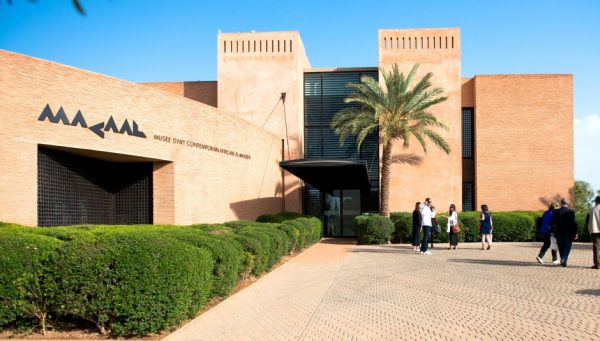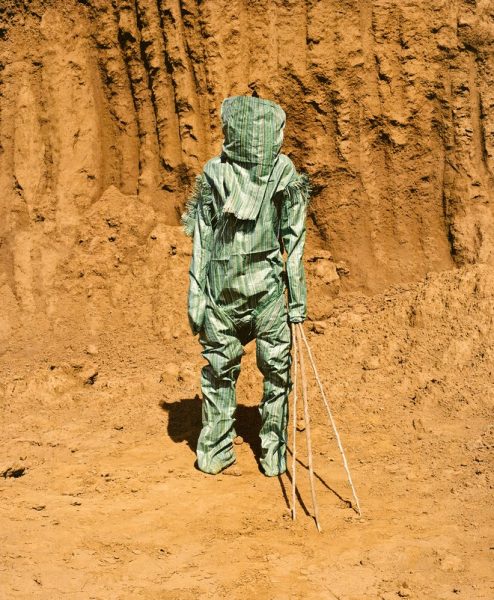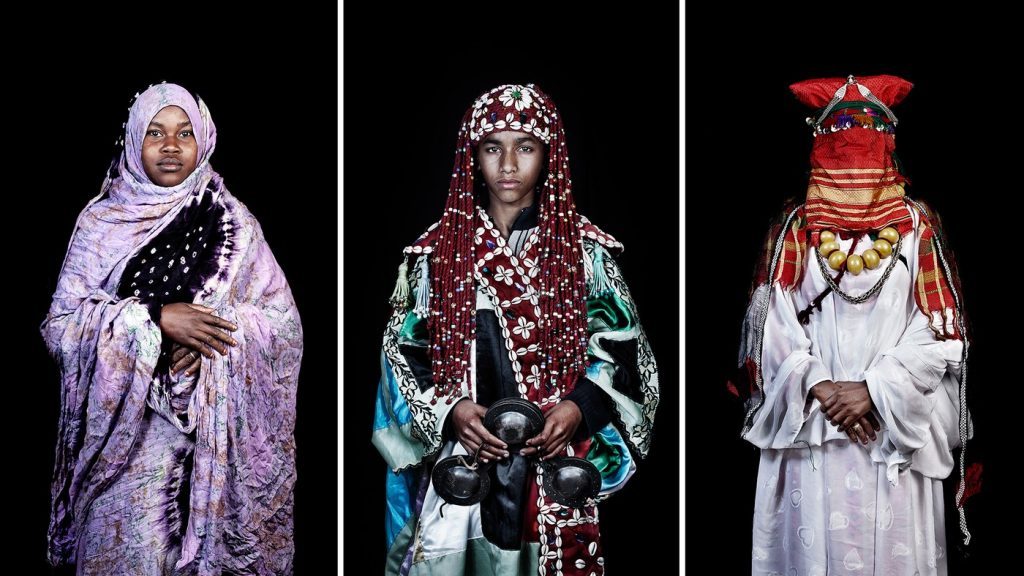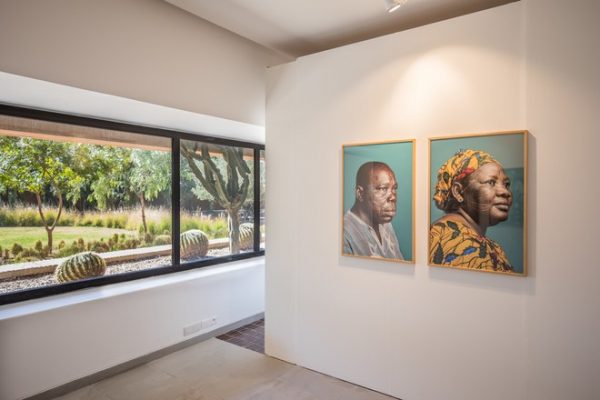Contemporary African Art is gaining further importance and visibility every day with its constantly growing art fairs, exhibitions and museums. Following the opening of the Zeitz MOCAA in Cape Town last year, African Art has found a second home in Marrakesh, under the roof of MACAAL Museum of Contemporary Art Al Maaden. From this time onwards, artists and works from Africa and its diaspora will meet their audience in MACAAL, which is ready to reflect the colors, richness and energy of African Art in all international platforms.
MACAAL had a soft opening in 2016, and an offical and international launch last week. With
with the international opening of MACAAL, all eyes are turned to Marrakesh to this non-profit private institution. The president and the founder of the museum, Othman Lazraq highlights the museum’s mission and goals, as he says that they aim to introduce and promote art in Morocco, and bring to light the continent’s rich artistic and cultural heritage. With its exhibitions, events and education programs the most important works and masterpieces of African art will come to life. It can be said that the museum has already started to pursue its mission in various levels.

When one takes the location of the MACAAL into account, having such museum in Morocco becomes important. Morocco is located at the crossroads of the African and the Arab world, which makes it easier to in every way to follow new artistic developments and rising trends. On the other hand, it is a gateway to Europe as it sits at its doorstep. This proximity gives MACAAL an opportunity to introduce African art to an international audience, and bring it together with a broader public.

One of the must-haves of a museum is certainly a building that can reflect the soul and mission of the institution. Looking at the MACAAL’s building from this perspective, we see a 700-square metre solid and strong structure which consists of 2 floors. Designed by Nieto Sabejano, with its three reddish intersecting cubes, the building reflects the sould of the red city. Other distinctive feature of the museum architecture is the horizontal block which covers the main entrance. In contrast to the strong and soplid appearance of the exterior, the interior is full of light.

The institution showcases works including digital art, painting, video, photography by both emerging and established contemporary artists from Africa and its diaspora. The art upstairs presents a sampling of Lazraq collection, which consists of over 2.000 works collected in past 40 years. This semi-permanent exhibition spans the breadth of the continent and it includes works by artists such as Moataz Nasr, Sergei Attukwei Clottey, and Farid Belkahia. “Every work has a story,” says Lazraq and he adds, “and all of them hold an important place in our collection.”

In the entrance hall there is a memorial to the French Moroccan photographer Leila Alaoui. A friend of Othman’s, Alaoui died in a terrorist attack in 2016. Here we see her photograph series entitled ‘’Moroccan’’ under a white marble archway. The exhibit is completed with speakers playing a sound installation by Italian artist Anna Raimondo, which uses everyday noises from the Marrakesh market. According to Othman, this exhibit brings a sense of familiarity and belonging to the museum. He says “Our target is the local population. Eighty per cent of Moroccans have never visited a museum, so here, we want them to feel at home.’’

On the ground floor we meet with the inaguration exhibition ‘’Africa is No Island’’ which takes place between 24 February-24 August 2018. This special exhibition features photographs of 40 artists, and each explores a different concept of tradition, family and environment with an aim to provide insight into the continent from a different lense.

Bringing together works by Maimouna Guerresi, Baudouin Mouanda, Ayana V. Jackson and Walid Layadi-Marfouk, Africa is No Island presents alternative ways and fresh approached to Africa. With the works, one can go beyond stereotypical way of thinking, and start celebrating the endless creative energy and cultural diversity of Africa.
Simge Erdoğan

